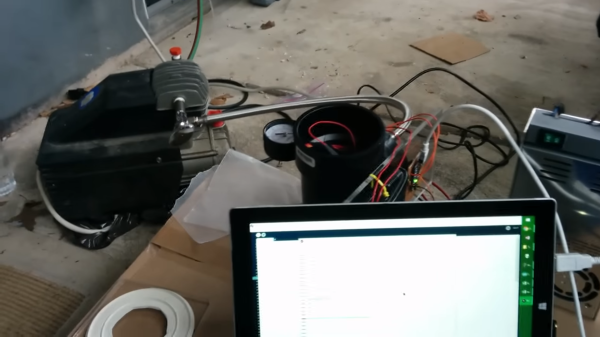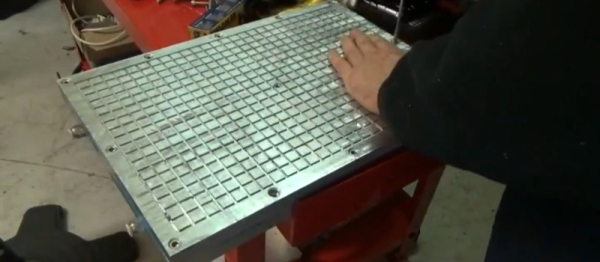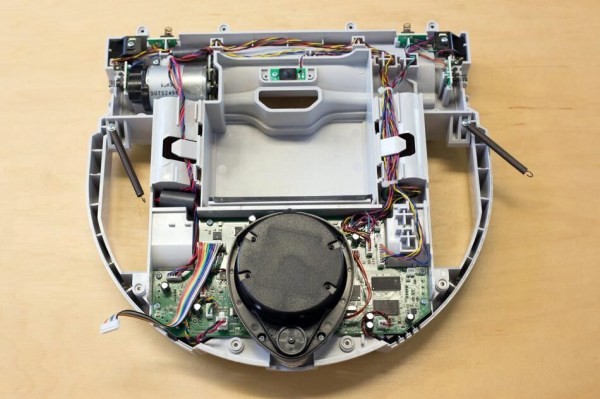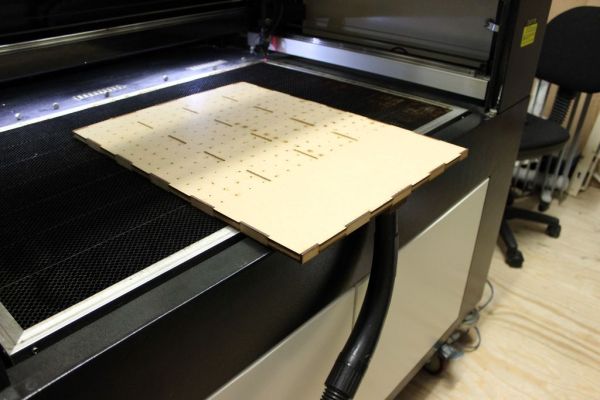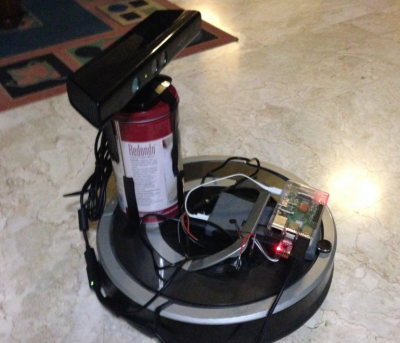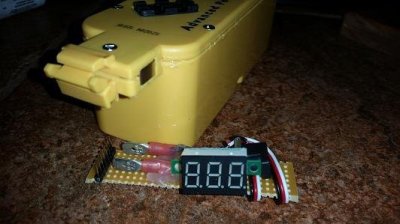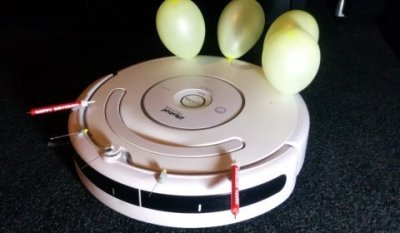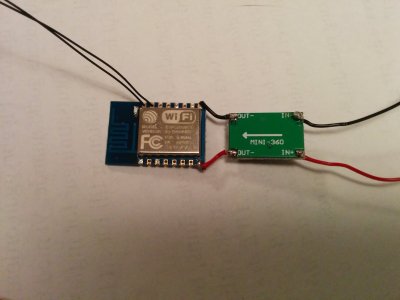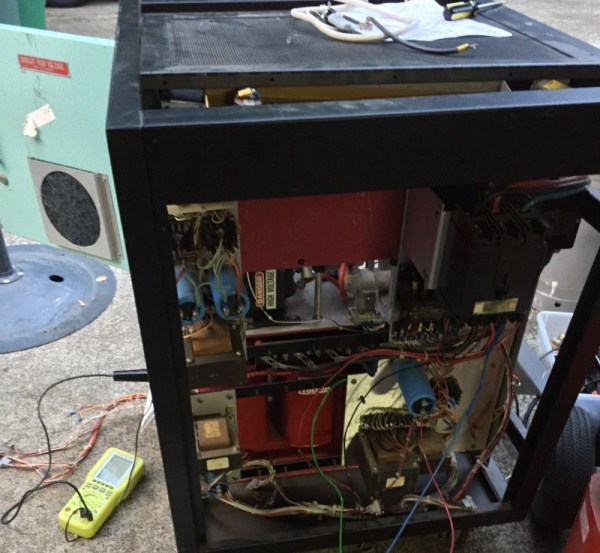Like many people, going through university followed an intense career building period was a dry spell in terms of making things. Of course things settled down and I finally broke that dry spell to work on what I called “non-conventional propulsion”.
I wanted to stay away from the term “anti-gravity” because I was enough of a science nut to know that such a thing was dubious. But I also suspected that there might be science principles yet to be discovered. I was willing to give it a try anyway, and did for a few years. It was also my introduction to the world of high voltage… DC. Everything came out null though, meaning that any effects could be accounted for by some form of ionization or Coulomb force. At no time did I get anything to actually fly, though there was a lot of spinning things on rotors or weight changes on scales and balances due to ion propulsion.
So when a video appeared in 2001 from a small company called Transdimensional Technologies of a triangle shaped, aluminum foil and wire thing called a lifter that actually propelled itself off the table, I immediately had to make one. I’d had enough background by then to be confident that it was flying using ion propulsion. And in fact, given my background I was able to put an enhancement in my first version that others came up with only later.
For those who’ve never seen a lifter, it’s extremely simple. Think of it as a very leaky capacitor. One electrode is an aluminum foil skirt, in the shape of a triangle. Spaced apart from that around an inch or so away, usually using 1/6″ balsa wood sticks, is a very thin bare wire (think 30AWG) also shaped as a triangle. High voltage is applied between the foil skirt and the wire. The result is that a downward jet of air is created around and through the middle of the triangle and the lifter flies up off the table. But that is just the barest explanation of how it works. We must go deeper!
Continue reading “Expanding Horizons With The Ion Propelled Lifter”




